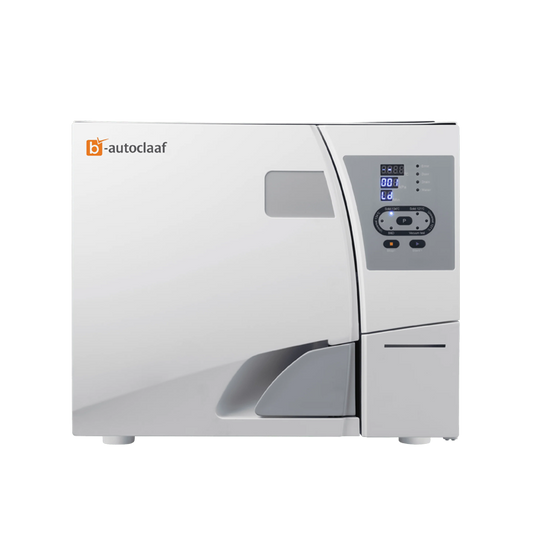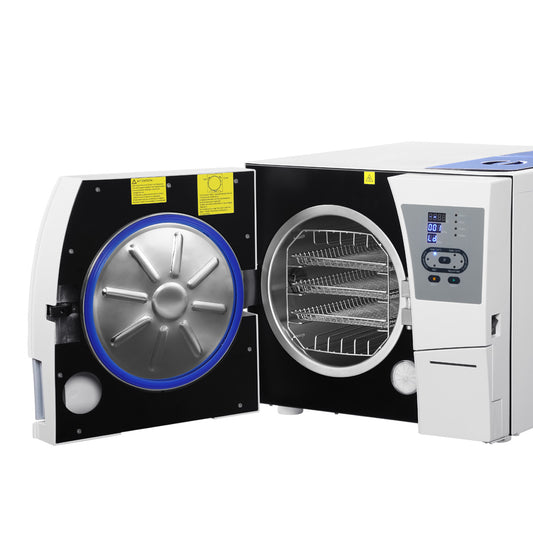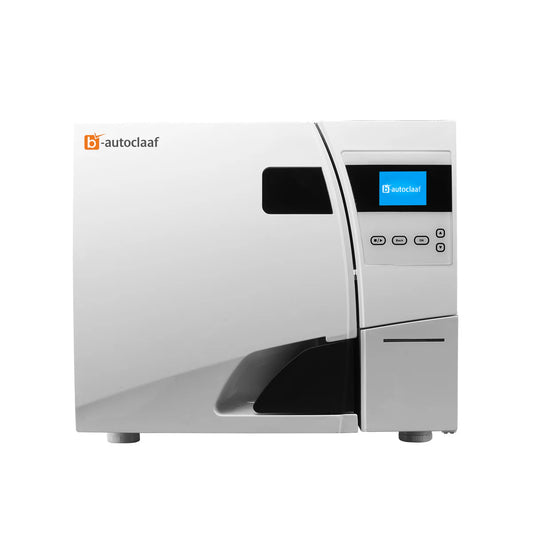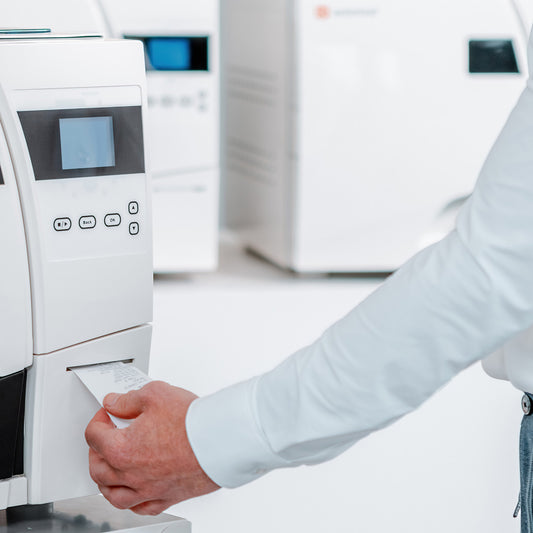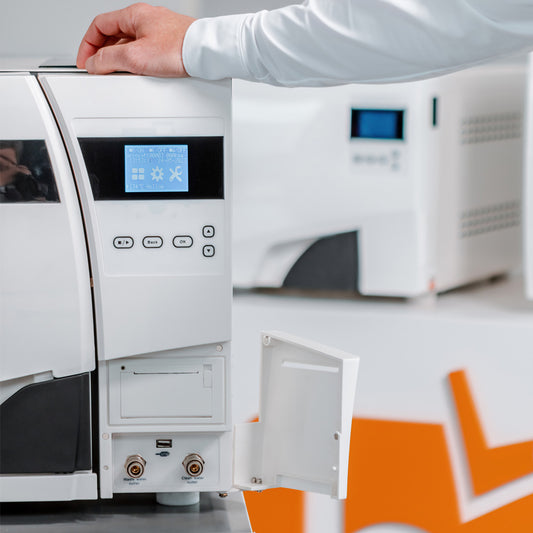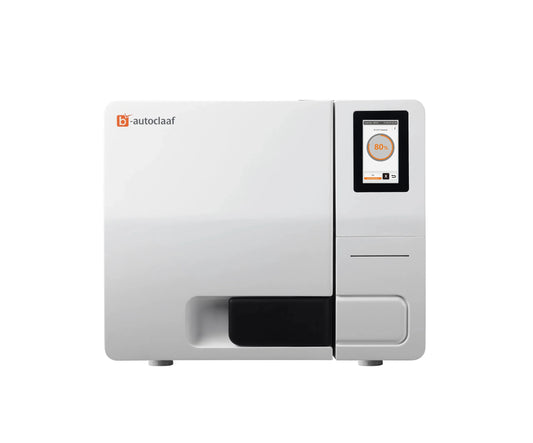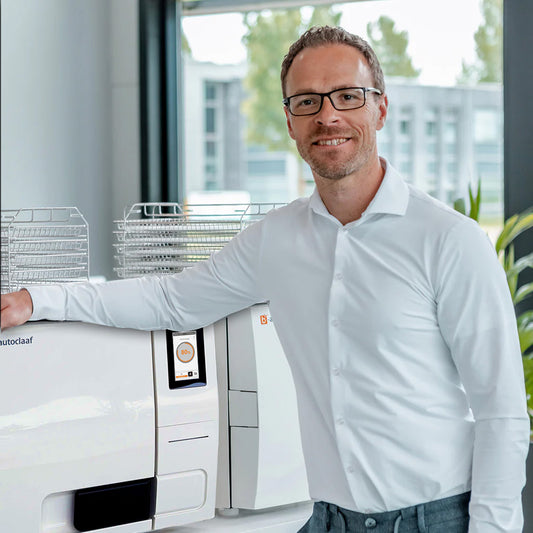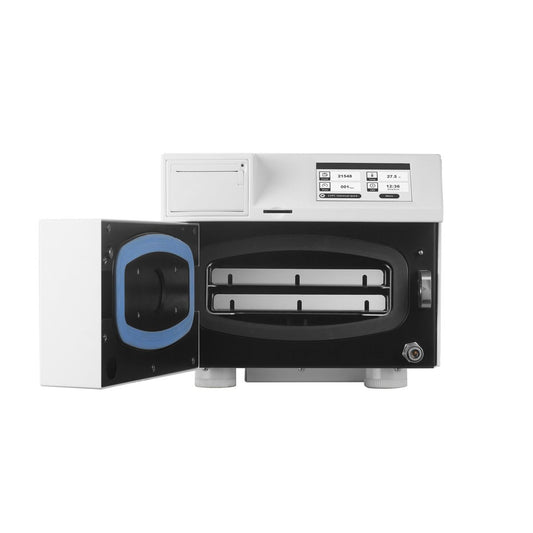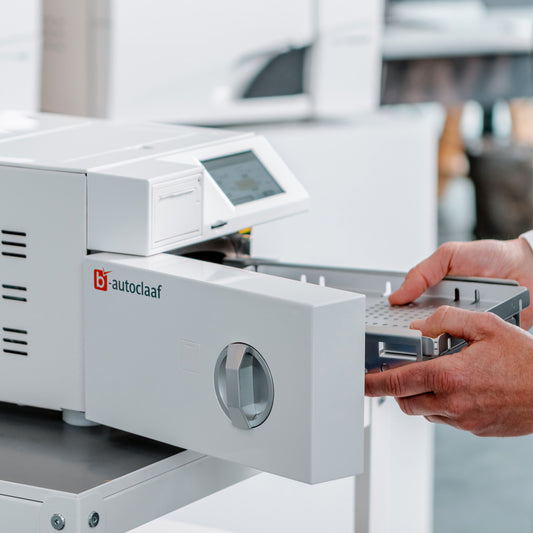What is ultrasonic cleaning and how does it work?
What is ultrasonic cleaning?
Ultrasonic cleaning is a highly effective method that uses sound waves in liquid to remove dirt and residues. Because it cleans quickly and thoroughly, ultrasonic cleaners are widely used in sectors such as laboratories, veterinary practices, workshops, jewellery shops and optician stores. They are also popular for cleaning electronic components and technical parts.
How does ultrasonic cleaning work?
An ultrasonic cleaner uses high-frequency sound waves in water with a cleaning fluid. This creates tens of thousands of microscopic bubbles. These bubbles rapidly form and collapse (a process called cavitation), creating tiny currents that loosen dirt and residues even in hard-to-reach areas – all without damaging the items.
How to use an ultrasonic cleaner
Fill the tank with (demineralised) water and cleaning fluid. For best results, place items in the supplied basket instead of directly on the bottom. Fine mesh baskets are ideal for small parts.
Before use, the liquid should be degassed. Some digital models have a degas function; otherwise, you can simply run the ultrasonic cycle for 10–30 minutes depending on tank size.
Direct or indirect cleaning
-
Direct cleaning: items are placed directly in the tank with cleaning fluid (replace the fluid after each use).
-
Indirect cleaning: items are placed in a glass beaker or basket inside the tank, so the liquid stays cleaner for longer and you can clean multiple items at once.
Frequencies
Most ultrasonic cleaners work between 20 and 50 kHz.
-
Lower frequencies (~20 kHz) → larger bubbles, strong cleaning action.
-
Higher frequencies (~40 kHz) → smaller bubbles, more detailed cleaning for delicate parts and complex shapes.
All B-autoclaaf ultrasonic cleaners work at 40 kHz for powerful and consistent results.
Advantages of ultrasonic cleaning
-
Thorough results – reaches even complex shapes and small crevices.
-
Gentle cleaning – no scratches, no abrasive effect.
-
Time-saving – once the cleaner is running, you can focus on other tasks.
